Webpage:
http://www.hifiman.com/products/detail/274
Big thanks to
AV One Singapore for the opportunity to loan the demo set of Hifiman RE800!
I should have posted this review many months back, but there was a sudden peak on my workload that forced me to temporarily halt the completion of this review. I guess better late than never, so here is my take on this golden IEM.
The unit that I reviewed, as shown in the pictures, was the older type of RE800 with no detachable cable. From Hifiman website, I saw that they have upgraded the RE800 with a detachable cable.
RE800 uses 9.2mm single dynamic driver with special coating technology by Hifiman that they called ‘Topology Diaphragm’. Diaphragm with special ‘nanoparticle’ coating on its surface that distributed in a distinct geometric pattern. The technology is said to reduce distortion and to achieve certain acoustic properties. We can read more explanation about it on the Hifiman website (link above). The IEM housing is made of Brass, electroplated with 24k gold. As for the cable Hifiman chose silver coated crystalline copper, selected from 30 different options. Hifiman seems to have put a lot of attention in the design of RE800. And at this price point, the expectation is high on this cute small golden IEM.
My personal ratings based on the sound quality alone would be around 3.5 stars, mainly due to my personal preference of sound signature is rather different than the RE800 sound signature. I think treble-heads might rate it higher. I like the small size and comfort factor. The build quality and presentation are also good, therefore I think 4 stars is quite a reasonable rating for RE800. Especially considering Hifiman has listened to user feedback and improved RE800 with a detachable cable for the newer batch of RE800. Extra points there.
Pros:
- Good build quality.
- Small size with excellent fit and comfort.
- Good clarity and transparency.
Cons:
- Pricey.
- Polarized towards bright tonality, therefore not an all-rounder IEM. The Lean bass and midrange make it tends to sound good on a certain type of recordings but not so good on others.
- 60 ohms impedance is not very smartphone friendly.
Suggestions for Improvement:
- Improve value. For the sound quality it offers, in my opinion, RE800 is rather overpriced.
- Improve bass and midrange tuning for a more balanced tonality.
Recommendation:
- Recommended IEM for treble-head, or those who prefer a higher level of clarity and transparency.
- Best with classical and general acoustic instrumental recordings.
- May not be suitable for those who are looking for IEM with full-bodied midrange and realistic sounding bass.
Sound Quality
Disclaimer:
Frequency response measurement in this review was done using MiniDSP UMIK-1 measurement microphone with a DIY acoustic coupler. The DIY acoustic coupler is not an industry standard acoustic coupler, therefore the measurement result is not absolute, and shouldn’t be used for comparison with other measurement result using different measurement equipment. The measurement result in this review is only useful to be used in this review, for comparison between different IEMs measured using the same system.

After reading some reviews in Head-fi, I suspect that there might be more than 1 variant of tuning of RE800, that most probably not on purpose but could be due to production batch inconsistency. The demo unit from AV One Singapore sounds smooth bright and doesn’t seem to have the reported 7 kHz treble peak as reported by other reviewers. Some friends also share similar opinions that the demo unit from AV One Singapore does not suffer from the 7 kHz peak. My measurement also doesn’t show the 7 kHz peak. Therefore I suspect, there might be another variant of tuning besides the tuning of the demo unit that I reviewed, but I cannot confirm that because I never tried or measure the other variant of RE800 with the 7 kHz peak. 7 kHz treble peak is easily detectable and won’t go unnoticed. So the possibility of being mistaken about it is rather slim. My Sennheiser HD800 has 7 kHz treble peak, so I’m quite familiar with it. Although at this price level we expect a much more stringent and consistent quality control. Anyway, that is just my suspicion, and I might be wrong. And hopefully, the new RE800 with detachable cable will have consistent tuning and a more stringent quality control.
You can read some of the discussion about the 7 kHz peak here:
https://www.head-fi.org/f/threads/hifiman-re-800.831364/page-9#post-13616853
In general, I’m not a big fan of bright tonality tuning, so RE800 tuning as mentioned earlier, is not my cup of tea. But having said that it doesn’t mean that I never enjoyed RE800 or my other bright sounding IEMs. Bright IEMs tends to polarize towards a certain type of recordings, good on some and not so good on others. So I generally prefer all-rounder IEMs with more natural tuning. It does sound great with certain recordings such as a classical orchestra. But I prefer a more balanced tuning with fuller sounding midrange and bass. In this review, I also will try to review RE800 from the treble-head point of view, as I think it is a suitable IEM for treble-head. What I mean by treble-head is those who prefer bright, clear, airy, transparent sound with rather lean midrange and bass.
My 15 years old son has developed an interest in audio as well, and he has been involved in church audio setup. So I let him tried RE800 to get his opinion on the sound quality. He has no idea what is Hifiman RE800 and how much it cost. So we can say that his opinion is unbiased. After about an hour, he came back to me with this:
He said, that is roughly the frequency response of the RE800 that he observed. My measurement instrument is not reliable for frequency region above 10 kHz, so only useful for comparison of measurement below 10 kHz. From what I hear I believe the RE800 frequency response above 10 kHz is quite extended, not rolled-off as shown in the FR graph below. While for frequency below 10 kHz, my son’s estimation from what he heard is not very far from the measurement result. I’m quite impressed, he has good ears.

Being a relatively bright sounding IEM, RE800 handles treble and sibilant pretty well. Treble is smooth and nicely extended, and IMHO not the ear-piercing type of treble. Sibilant is well managed in the sense that it doesn't sound harsh or piercing. RE800 might not be the IEM of choice for those who allergic to sibilant, but treble-heads will most probably find the sibilant level is acceptable and still far from being annoying. Especially when paired with smooth sounding sources like my Geek Out 2A and Onkyo DP-X1, RE800 treble is golden.
Although RE800 bass is quick and has pretty good sub-bass extension. But bass punch lacks power and impact. I won't call the bass as anemic, but for me, it is not satisfying enough, especially when a potent bass punch is desirable. But for recordings that don't really demand punchy bass, such as classical music, RE800 bass sounds pretty good.
Midrange is clear and transparent but sounds rather lean, not the full-bodied type of midrange. All my friends that have tested the RE800 mostly mentioned about the midrange as being lean sounding, sometimes too lean to their liking. Someone even said the midrange sounds hollow for his recordings. For me, although I agree that the midrange sounds lean and transparent, but not at the level that I would call hollow. Midrange probably rather too lean for vocal lovers, and rather too bright for some pop recordings, but most vocal audiophile recordings that I've tested with RE800 actually sounds fine to me, in the sense that I still enjoy them with RE800. But generally, I agree that vocal is not RE800's forte. Classical orchestra, chamber music, and general acoustic instrumental recordings are what RE800 will truly shine. Again, it is a matter of personal preferences, but that would be my general recommendation for RE800.
Different ear tips might cause slight changes to the tonality as well. As you can see below, a generic large bore ear tips (as shown in the picture above) that I tested on RE800 actually sounds pretty good as it reduces the treble brightness slightly.
In summary, I perceived the sound quality of the demo unit of RE800 that I review as:
Moderately bright, clear and transparent, sparkling yet smooth sounding treble, lean clear midrange, lean bass with good sub-bass extension, fast bass but lack of bass punch, good bass and treble extension, fast transient, excellent detail retrieval and instrument separation.
Compared to DUNU DK-3001
RE800 perceived as slightly brighter with leaner midrange and bass. DK-3001 is slightly more forward sounding, with a bit more emphasize on the upper midrange. Bass sounds fuller on DK-3001, with more powerful punch and slam. DK-3001 bass is really good, effortless without being overpowering. Midrange body also sounds fuller and much better with vocal. RE800 bass is actually pretty good as well, especially the sub bass extension, but midbass part lacks body and punch power, and the smooth and clear midrange might be to lean for most vocal lovers. The resolution, detail retrieval, clarity, and transparency level are more or less similar. As you might have guessed, in my opinion, DK-3001 is the winner with a more 'spot-on' well-balanced tuning.
Compared to AK T8iE Mk2
AK T8iE Mk2 is the only single dynamic driver IEM that I have, that I think worth to be compared to RE800. The sonic signature of AK T8iE Mk2 is quite the opposite of RE800 sonic signature. AK T8iE Mk2 sounds warmer with fuller and stronger bass, fuller sounding midrange and smoother treble. Treble sparkle on AK T8iE Mk2 is not as sparkling as the RE800, and the smoother character of AK T8iE Mk2 treble is more sibilant friendly. When switching from RE800 to MK T8iE Mk2, I do miss the nice treble sparkle of RE800. But when playing vocal, AK T8iE MkII immediately takes the crown. Although AK T8iE Mk2 may sound warmer, but generally it is not a 'very' warm sounding IEM. AK T8iE Mk2 has just the right amount of warmness to the sounds to make general Pop recordings sound more pleasurable, without sacrificing the overall clarity. For my personal preference, AK T8iE Mk2 tuning is more suitable for me.
Build and Comfort
In my opinion, overall build quality is pretty good. Besides that 3.5mm jack that I feel unnecessarily too big for this small IEM, I don’t have any other complaint. I used it over the ear, therefore cable microphonic is not an issue. It is very small and comfortable to my ears.
In the discussion thread, some mentioned about the bass tuning port position that might get blocked unintentionally and caused a very high increased of the bass level, causing inconsistent sound quality. I think it is a valid concern even though I never experienced it myself. I guess placing the bass tuning port on the opposite side of the barrel might be a safer option.

 Conclusion
Conclusion
Now the $699 question. Is it $699 good? Quite subjective, and not easy to answer that question. For me personally, the answer is no. Simply because I’m not a treble-head. But those who enjoy emphasized clarity and transparency might say yes. I really like the small size and the comfortable shape, but I prefer a fuller sounding midrange and bass. RE800 performs really well on certain area, but the tuning might not suits everyone.
Specifications:
Drivers: 9.2mm Dynamic Driver with Topology Diaphragm
Frequency response: 5 Hz – 20 kHz
Impedance: 60 Ohm
Sensitivity: 105 dB/mW
Equipment used in this review:
IEMs:
DUNU DN-2000
DUNU DK-3001
AK T8iE Mk2
DACs & DAPs:
Chord Mojo
Geek Out 2A
Onkyo DP-X1
Some recordings used in this review:
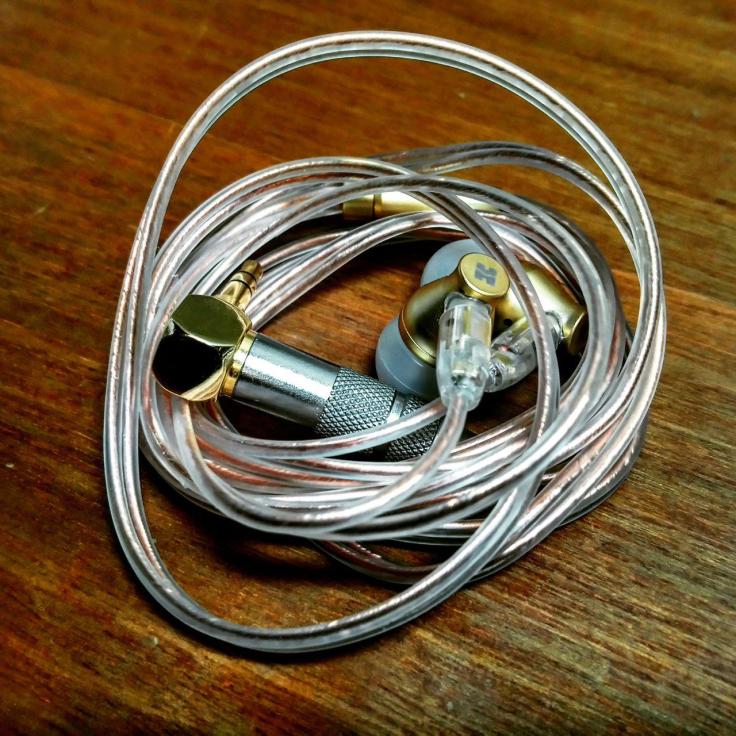





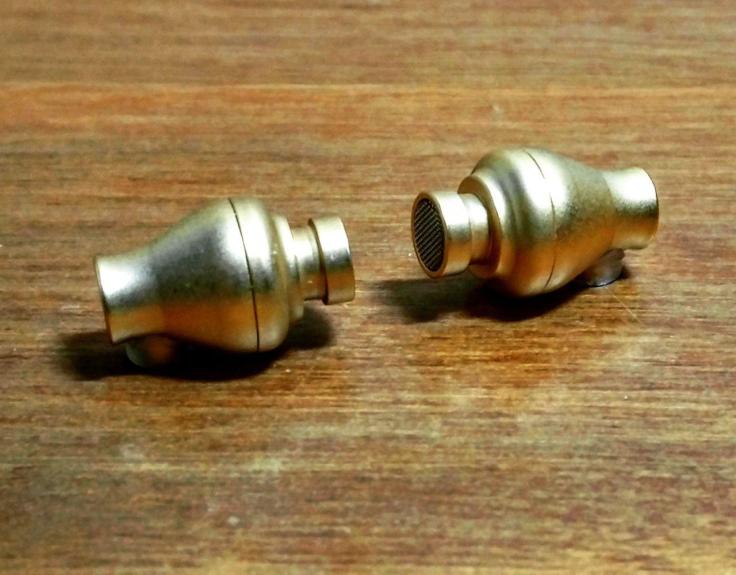

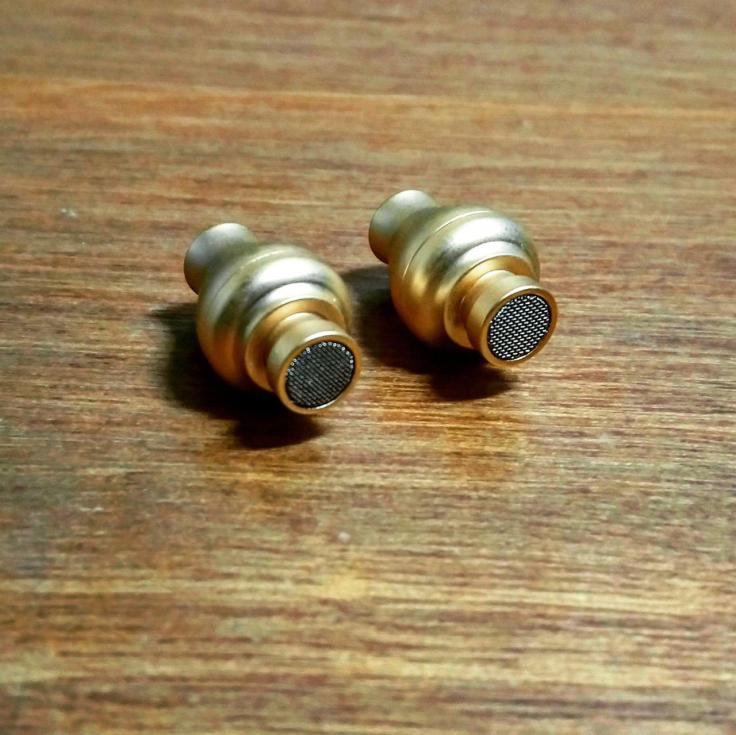
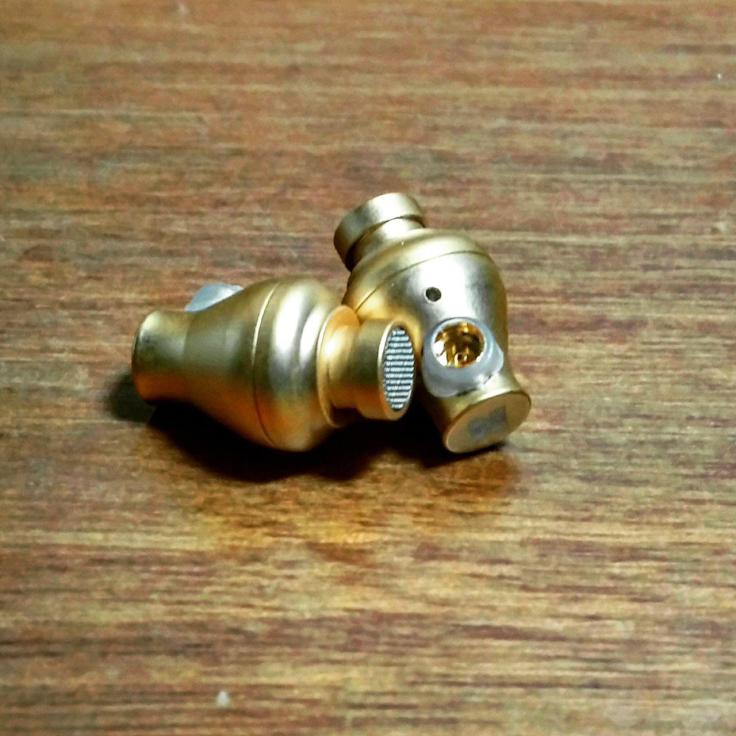

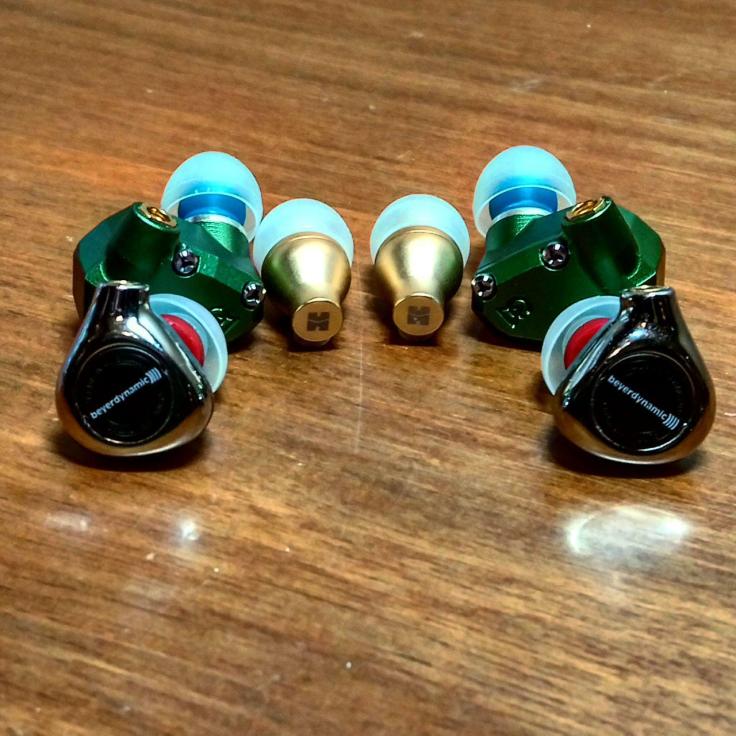






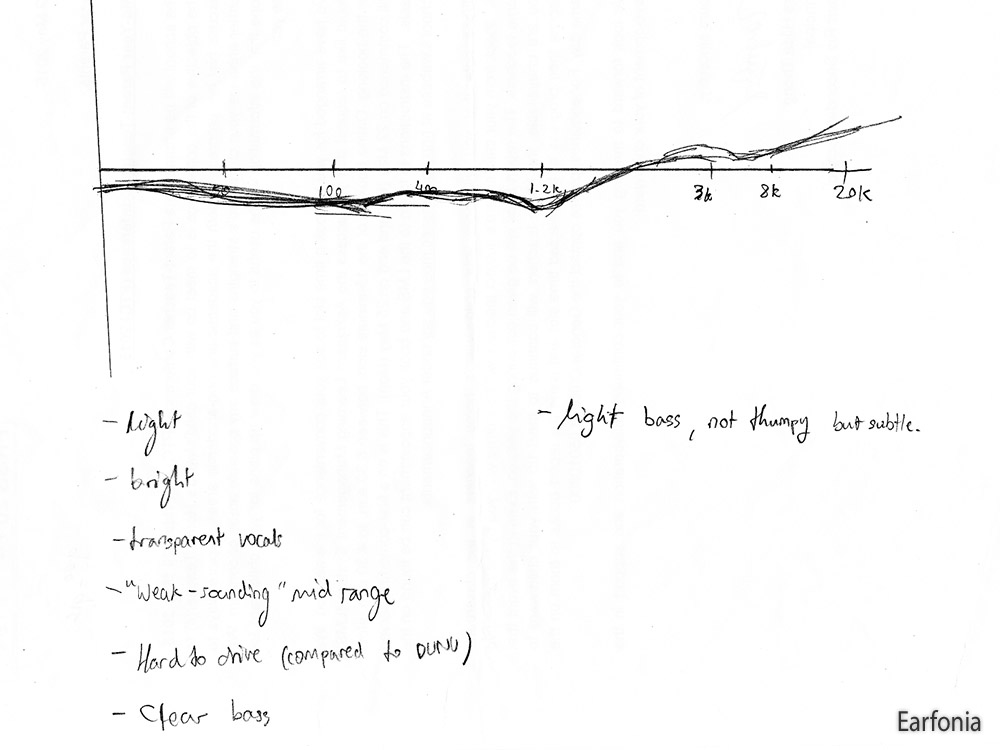

















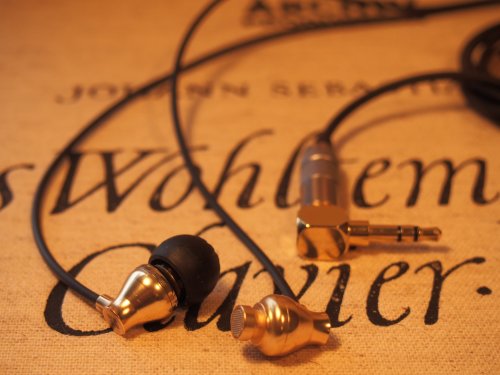

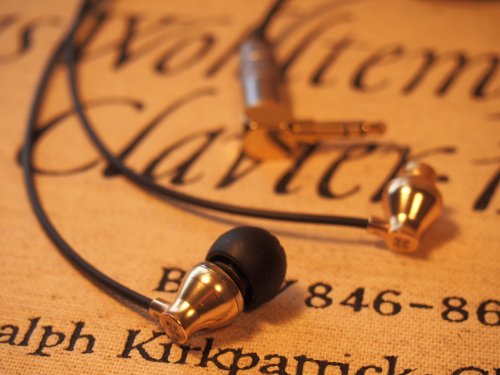




 Reading right now another interview of Fang Bian and was confuse to read how much care he supposedly give for high quality cable choice. As well as this strange but revealing sentence: "High quality sound is becoming more expensive today.''
Reading right now another interview of Fang Bian and was confuse to read how much care he supposedly give for high quality cable choice. As well as this strange but revealing sentence: "High quality sound is becoming more expensive today.''
